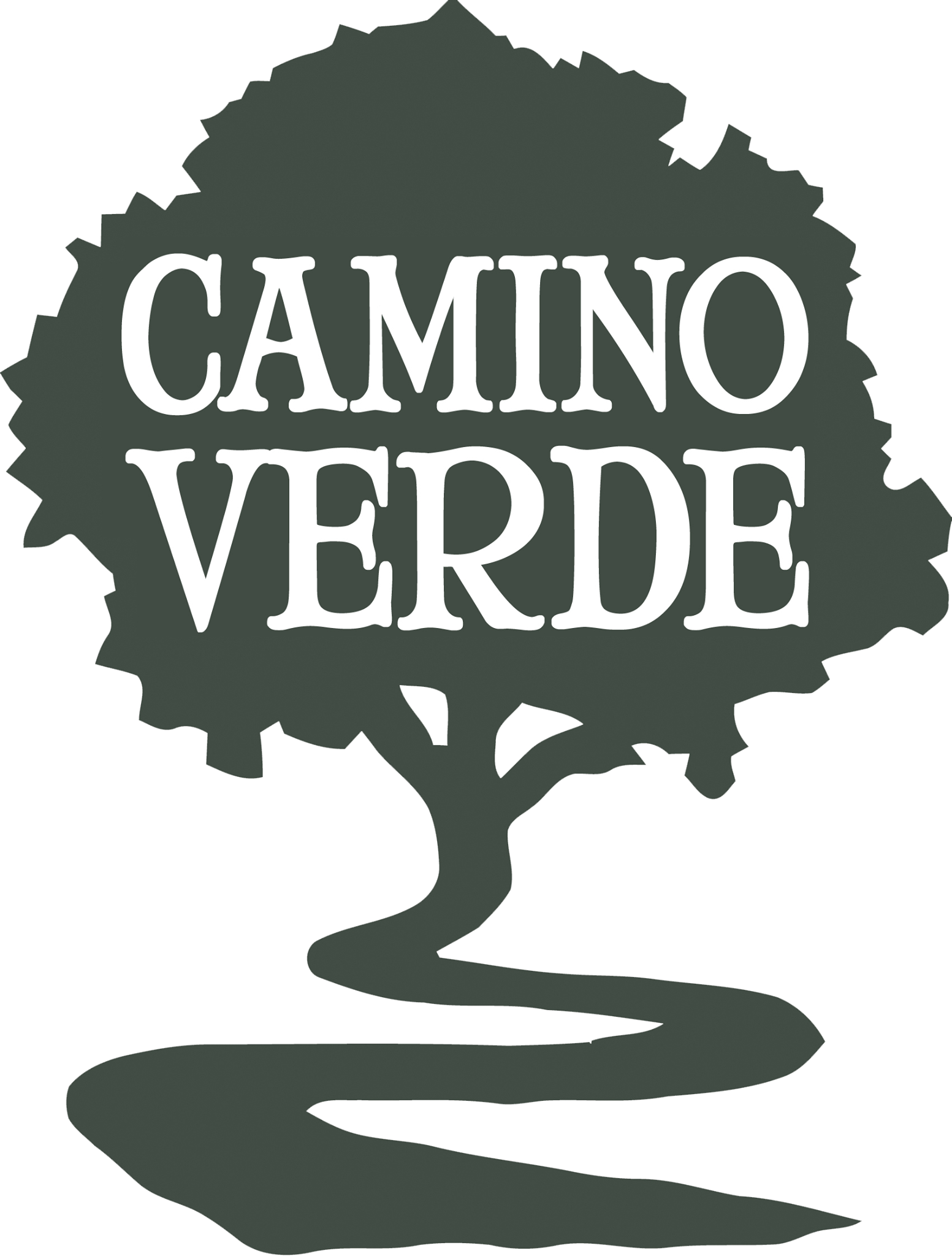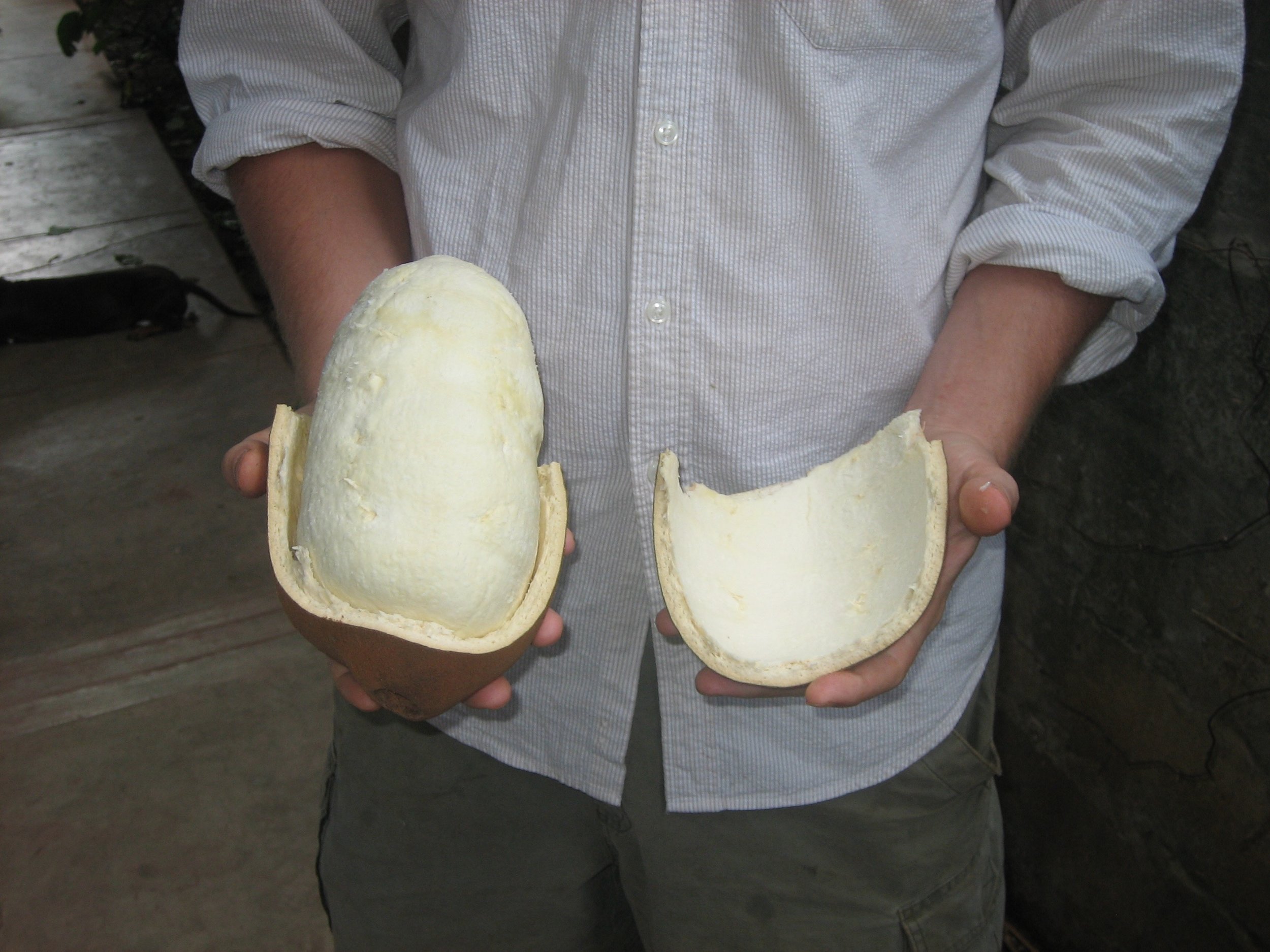The Other Chocolate - Copoazú and the Biodiversity of the Amazon
The flowers of copoazú earn it the scientific name grandiflora.
Imagine if chocolate had an exotic cousin from the Amazon, a fruit whose oily seeds yielded something like chocolate and yet unlike chocolate. If such a thing existed, you’d probably expect to have heard of it. And tasted it. And you would most likely be surprised to learn that millions of Brazilians and Peruvians consume it regularly, this chocolate from another dimension.
The fact is, cacao’s quirky cousin does exist, and its name is copoazú. Mysteriously unfamiliar to global markets, the fruit known to Brazilians as cupuaçú and to botany as Theobroma grandiflora is grown widely by Amazonian farmers for the three remarkable and quite distinct products the small tree yields.
First is the chocolate-like paste obtained from the seeds. Sometimes called “cupulate” or “chocoazú”, the beans are processed similarly to cacao and then made into a rich hot chocolate or, increasingly, as light mocha-colored, ready to eat “chocolate” bars. The butter content of copoazú seeds is higher than that of cacao, and a cup of hot copoazú shimmers with beads of oil on the surface.
The second product is an extract of the first. Copoazú butter is the oil pressed from the processed seeds (this processing includes drying and laborious peeling of the seeds, more mechanically challenging than with cacao peels). Prized for cosmetics, copoazú butter gives higher yields than cacao butter and is used similarly. The price of copoazú butter is attractively high for farmers, but often access to processing is limited.
Finally, the third product is the most significant to local consumption in the Amazon: copoazú’s delicious, aromatic pulp. Made into juice and ice cream, the white flesh surrounding the seeds is much more abundant than the meager but exquisite-tasting pulp of cacao proper. Being that the pulp is well stuck to the seeds, farm families usually hand pulp the fruit with small scissors and copious patience. Larger operations use pulping machines that save an immense amount of time. Copoazú pulp is big business in some parts of Brazil.
The somewhat odd looking fruit pods of copoazú are extremely aromatic and covered in brown fuzz.
Anyone who has tasted the creamy white refresco de copoazú (juice) knows what the hype is about. Sweet, sour, pleasantly thick and aromatic, the juice is hard to dislike. And consumers in many Amazonian cities buy up large quantities of the frozen pulp to make juice or desserts at home (copoazú cake, pudding, mousse, and merengue are all to die for).
Freezing the pulp makes a lot of sense. It’s highly perishable, and copoazú season is mostly limited to three months that correspond with the Peruvian Amazon’s rainy season: January, February, and March. In those months trees produce an impressive glut of the brown felt-looking fruit pods. When fruiting, the trees are rather astonishing; it’s not uncommon for these short trees to produce fifty pods in a good season, with each pod weighing between half and two and a half kilos. It’s a rare cacao tree that can match that productivity.
Many farmers and small processors try to put up (by freezing) as much of the abundant pulp as possible to sell throughout the year. But not all can afford to invest in the freezers needed and the electric bill throughout the year to fetch higher prices in the off season. Limited freezer space is sometimes coupled with limited capacity to hand-process the pulp by scissor before the fruit goes bad, so many farmers are forced to sell whole fruits at prices much lower than what’s commanded by the pulp.
Copoazú is a tree that has been planted in great abundance by Amazonian farmers. It has been promoted by government outreach and NGOs alike, and in addition to its respectable productivity it is a truly versatile tree. It grows in shade and in full sun (at least when accompanied by a cover crop). It grows on both the lower terraces and the terra firma plateaus, the Amazon’s two most common land types. It has medicinal uses, and it even has appeal as an ornamental. True to its botanical name, the flowers are large – they look like a cacao flower blown up under a magnifying glass – plentiful, and beautiful.
When peak fruiting season hits each year, the abundance of production is such that prices invariably plummet. For farmers isolated from markets by long distance river journeys of several days, there comes a time each year when the fruit is left to rot on the ground – markets buy at a price that’s lower than the cost of transporting the fruit by local cargo boat.
How is this possible? The fruit lies rotting, when there’s a strong local market for copoazú products and a high end market for its butter, a natural cosmetic product sold around the world. It seems like a missed opportunity.
The white fruit pulp of copoazú is an Amazonian delicacy.
Thankfully, there are solutions. Basic village-scale processing equipment can keep the added value of copoazú products in the hands of farmers. While investment in higher tier equipment can allow for processing to butter or chocolate bars, even a relatively modest investment can allow for processing to pulp and dried seeds, readily sold on the local market. Villages, farmers’ co-ops, and small processors have been able to dramatically improve their profits through an investment in things as simple as a freezer, a generator, and a pulping machine.
One of the many places copoazú has been planted is at a unique reforestation center and living seed bank deep in the Peruvian Amazon. Working in Madre de Dios and Loreto, Camino Verde is an organization dedicated to restoring the Amazon’s forests by strengthening forest-dependant communities. In addition to planting over 10,000 trees a year in deforested areas, the organization’s mission focuses on helping rainforest communities galvanize their forest resources into pathways for sustainable growth: caminos verdes.
Camino Verde’s work includes the development of biodiversity-rich agroforestry systems that couple copoazú with other valuable species like açaí, brazil nut, and even rare hardwoods yielding extracts used in perfumes. After years of planting, Camino Verde is now ready to help farmers get more out of their trees in production. Count on the first village processing unit to be a cost-effective step toward giving copoazú its due value.

